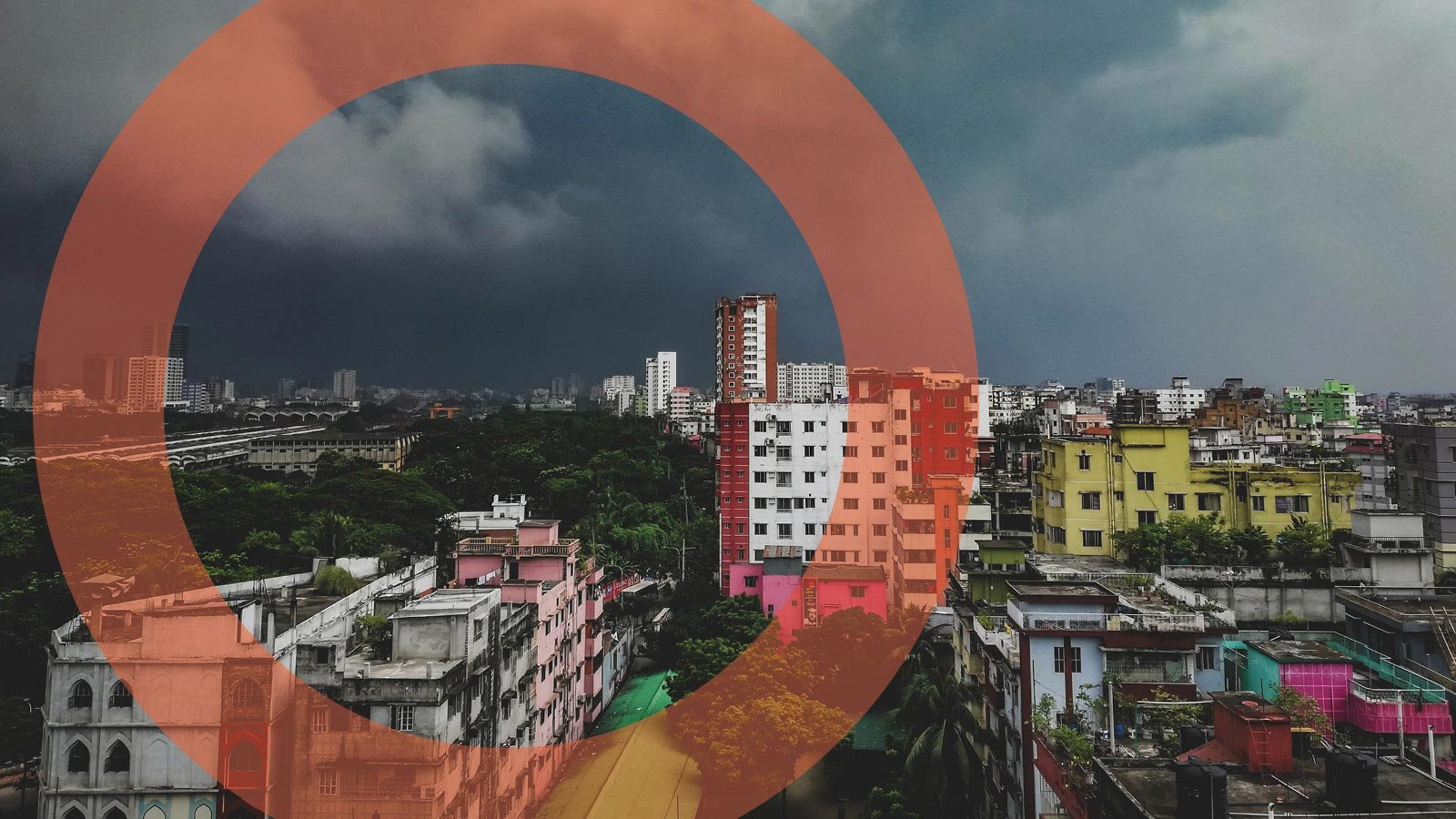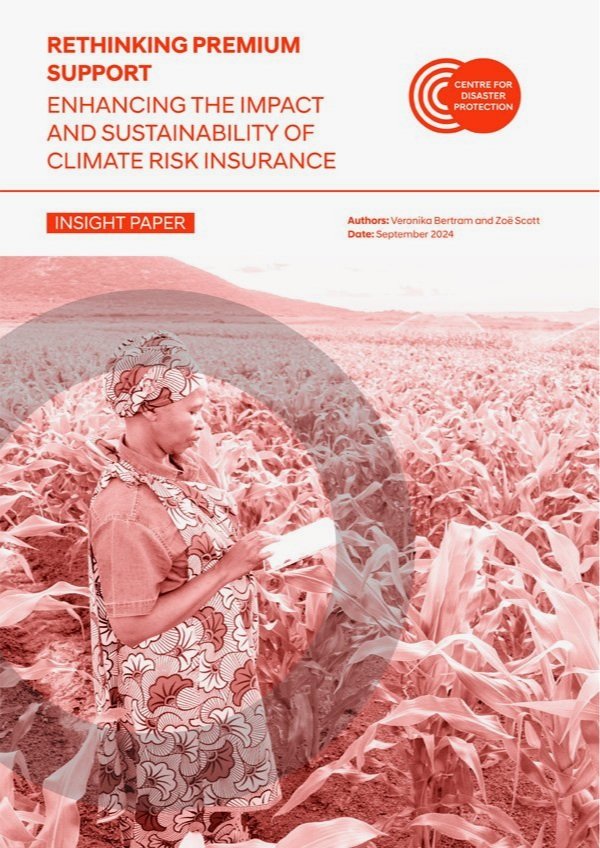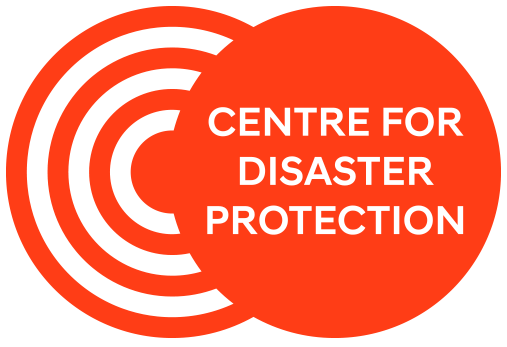
PUBLICATIONS CENTRE

ASSESSING VALUE FOR MONEY IN PRE-ARRANGED FINANCING FOR DISASTERS: A PRACTICAL FRAMEWORK
This guidance note has been developed to help the increasing number of countries and organisations that are considering or using pre-arranged financing instruments but are unsure how to approach Value for Money (VfM) analysis. The note aims to provide the reader with an overview of VfM and how it relates specifically to pre-arranged financing, as well as presenting a flexible framework the Centre has developed to approach the process of conducting VfM analysis.
The content is mainly based on the Centre’s experience of supporting national governments and international agencies with VfM analyses . It also captures lessons from other published VfM studies, and perspectives gathered in interviews with people who use and develop similar studies.

RETHINKING PREMIUM SUPPORT: ENHANCING THE IMPACT AND SUSTAINABILITY OF CLIMATE RISK INSURANCE
This insight paper aims to support policymakers and practitioners as they seek to scale up financial protection against climate-related shocks through sovereign insurance solutions. It explores the complexities of international premium support and identifies core problems with current approaches to the allocation and design of premium subsidies. It proposes some basic but vital shifts needed in the way premium support is designed, allocated and provided to create a more inclusive, transparent and sustainable approach.

HOW CAN ANTICIPATORY ACTION REACH SCALE AND SUSTAINABILITY? LEARNING FROM CERF IN BANGLADESH
This report captures and builds on learning from the United Nations Office for the Coordination of Humanitarian Affairs (OCHA) anticipatory action pilot in Bangladesh. This is one of a series of pilots that aim to generate further evidence of anticipatory action’s benefits in reducing the impact of foreseeable disasters. The Centre for Disaster Protection has supported OCHA’s learning from these pilots by capturing lessons and benefits that emerge from the process, as well as advising on strategies to monitor and evaluate the short-, medium- and long-term results. This report differs from other learning outputs produced by the Centre as it takes a forward-looking perspective, and focuses primarily on the question of how anticipatory action can reach scale and sustainability in Bangladesh.

HOW CAN ANTICIPATORY ACTION REACH SCALE AND SUSTAINABILITY? LEARNING FROM CERF IN NEPAL
This report captures and builds on learning from the United Nations Office for the Coordination of Humanitarian Affairs (OCHA) anticipatory action pilot in Nepal. This is one of a series of pilots that aim to generate further evidence of anticipatory action’s benefits in reducing the impact of foreseeable disasters. The Centre for Disaster Protection has supported OCHA’s learning from these pilots by capturing lessons and benefits that emerge from the process, as well as advising on strategies to monitor and evaluate the short-, medium- and long-term results. This report differs from other learning outputs produced by the Centre as it takes a forward-looking perspective, and focuses primarily on the question of how anticipatory action can reach scale and sustainability in Nepal.

IMPROVING CONSTANTLY: EMBEDDING SCRUTINY AND LEARNING IN DISASTER RISK FINANCING
There is currently little in the way of rigorous evidence of impact or established ‘best practice’ in DRF. It is important, therefore, that we engage in scrutiny, be open to learning and willing to be held accountable. This guidance note sets out practical ways to ensure quality, independent scrutiny and improved learning in your DRF initiatives.

PREDICT AND PROTECT: G7 SOLUTIONS FOR A NEW APPROACH TO CRISIS RISK FINANCING
The Crisis Lookout Coalition came together in 2021 and 2022 to convene policy dialogues in partnership across sectors and geographies to successfully advocate for key political and funding commitments at G7 and at COP26. This paper sets out detailed and practical proposals for how the G7 could better protect vulnerable communities by better predicting and preparing for disasters.
